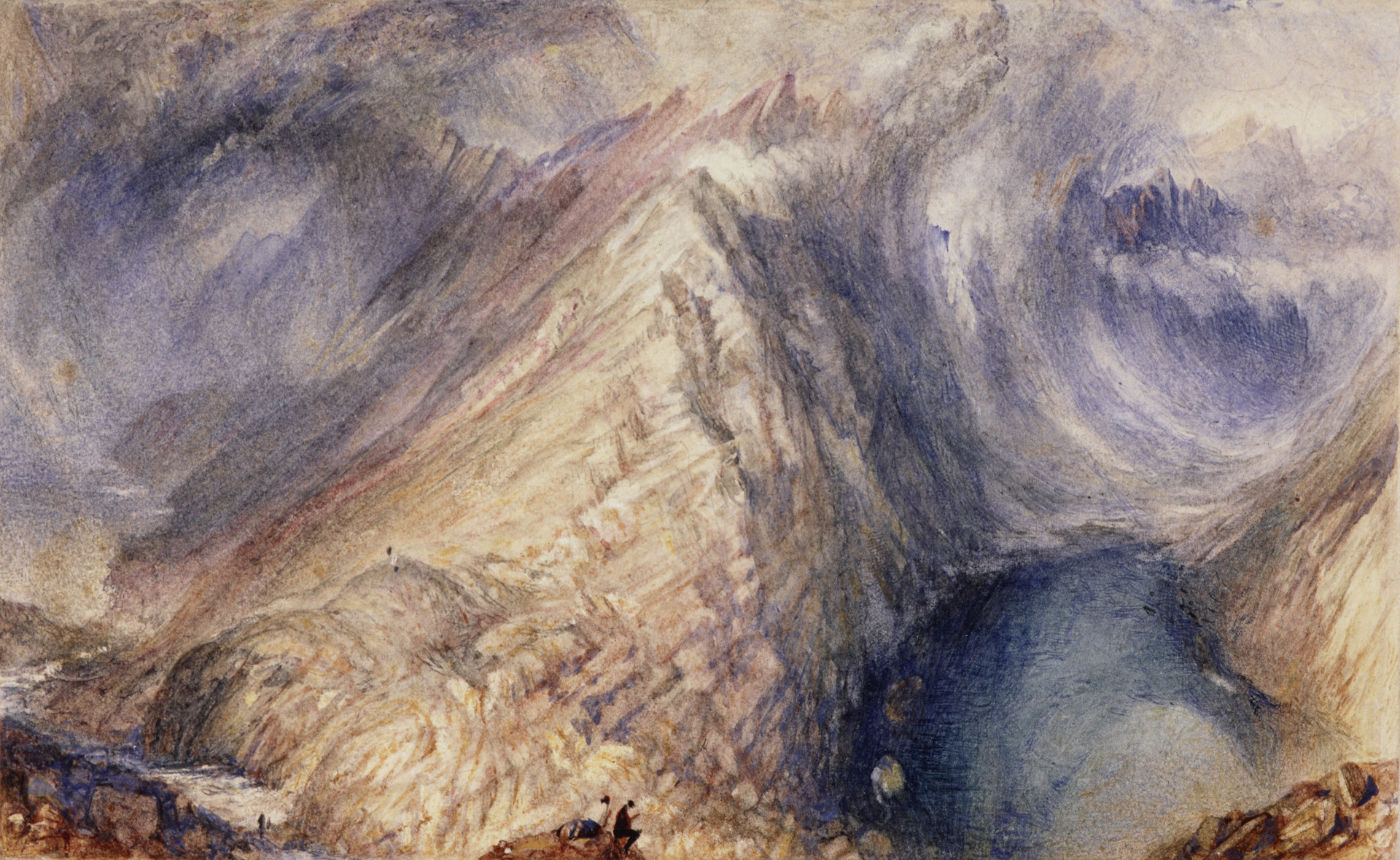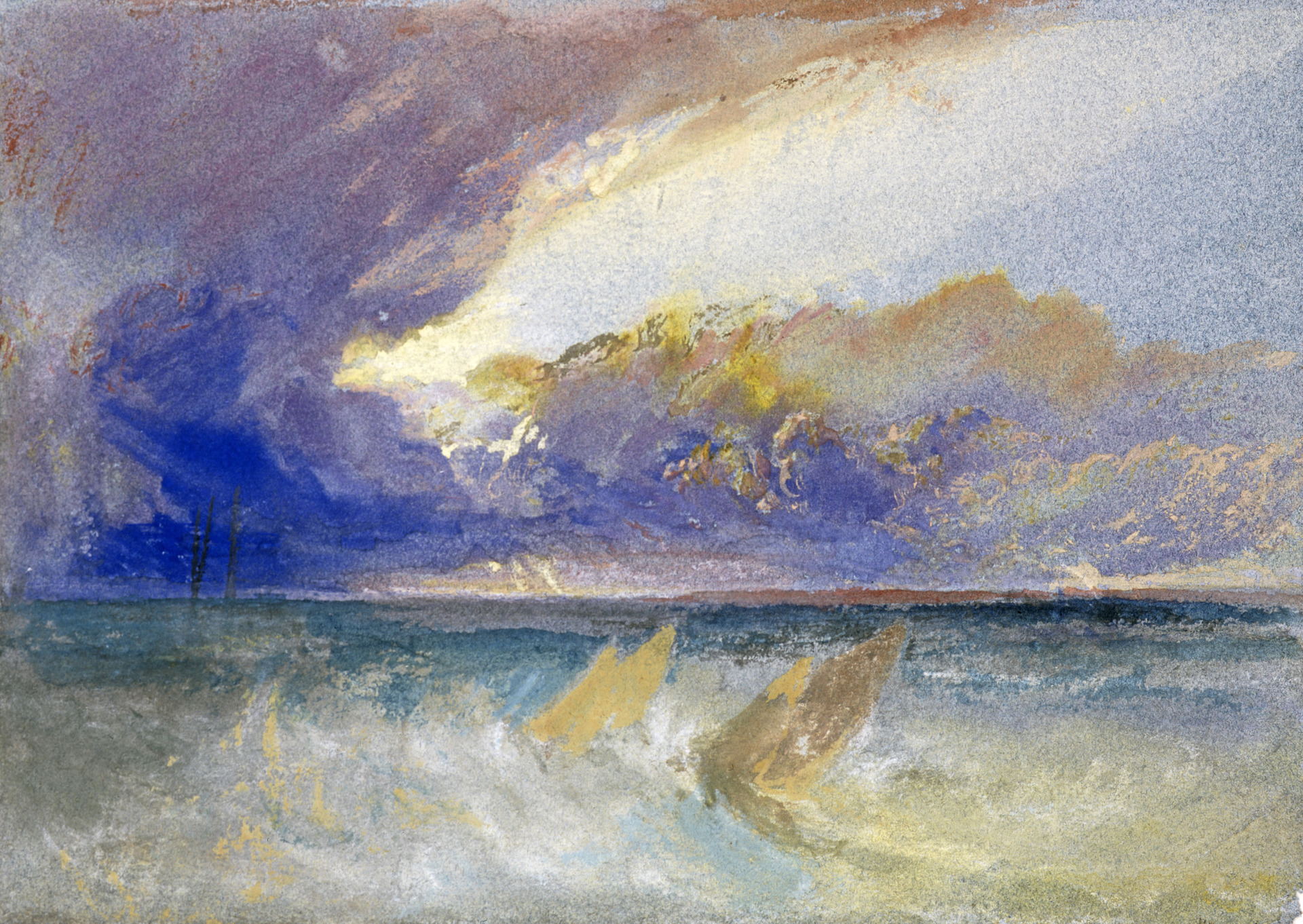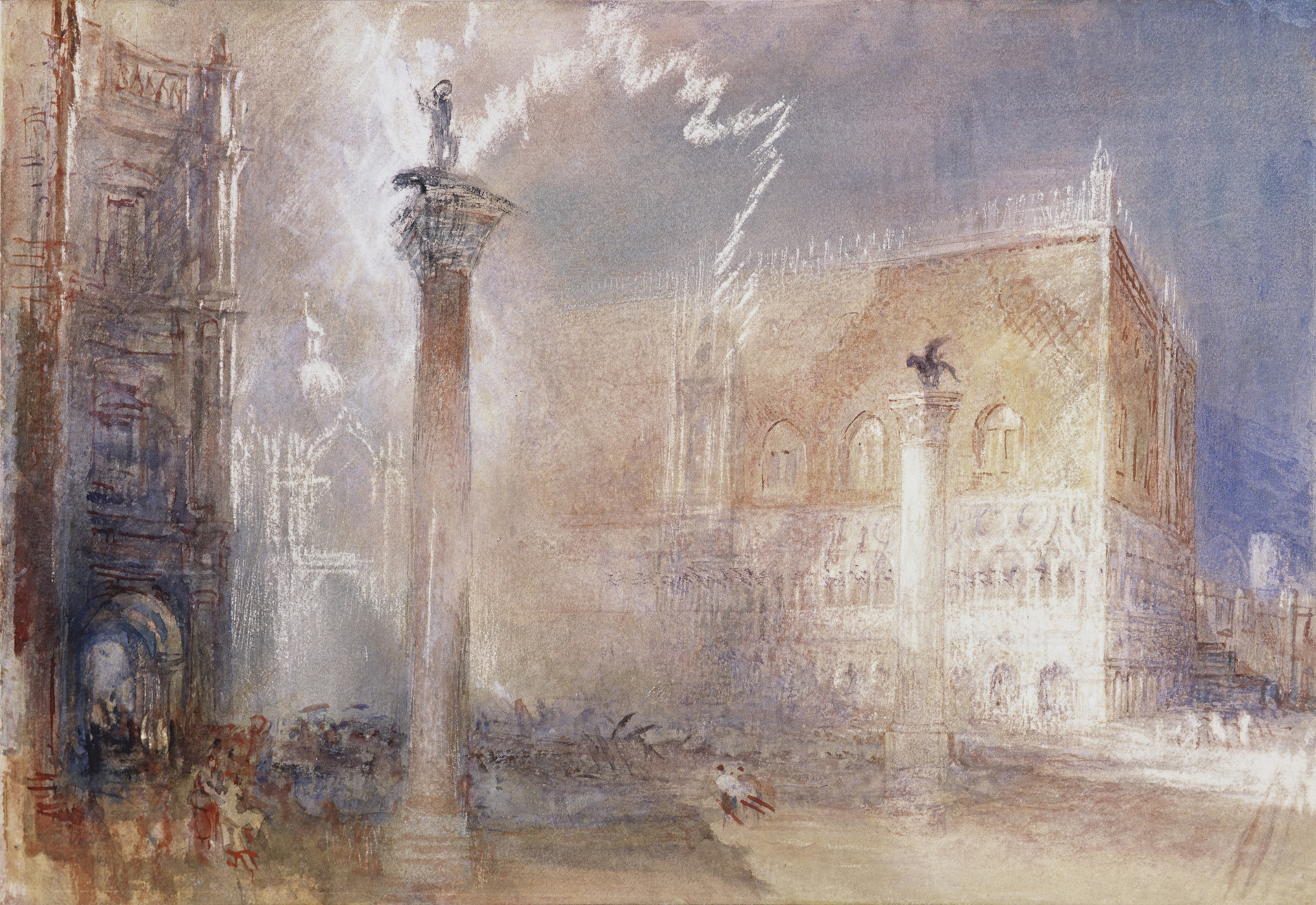January always brings JMW Turner’s works to display at the National Galleries Scotland. The paintings were gifted to the Galleries by the distinguished collector Henry Vaughan. He was concerned that the works would be preserved and in his bequest he specified them to be ‘exhibited to the public all at one time, free of charge, during the month of January’. And that has been respected for over 100 years.

Why January? January is the month when the northern winter light, at its weakest, comes very low above the horizon and, in Scotland, barely clears rooftops. Is there a connection between climate and watercolor on a scientific level? It was an issue that was prominent in the late 19th century and even led to a Parliamentary report on the Action of Light on Watercolours by Russell and Abney in 1888.

That report concluded that certain colors were not lightfast and its findings eventually led paint manufacturers, slowly, to adapt new standards and guidelines. However one of the offshoots of this research was the decision to display London gallery watercolors in low light and some only occasionally.

Vaughn’s unique arrangment has meant that visitors to the National Galleries Scotland have been able to enjoy Turner’s watercolors every January for more than a century. The works span the master’s career, from his early topographical wash drawings to his atmospheric sketches of continental Europe in the 1830s and ’40s.

For more inspiring stories like this one, sign up for our free weekly e-newsletter.







